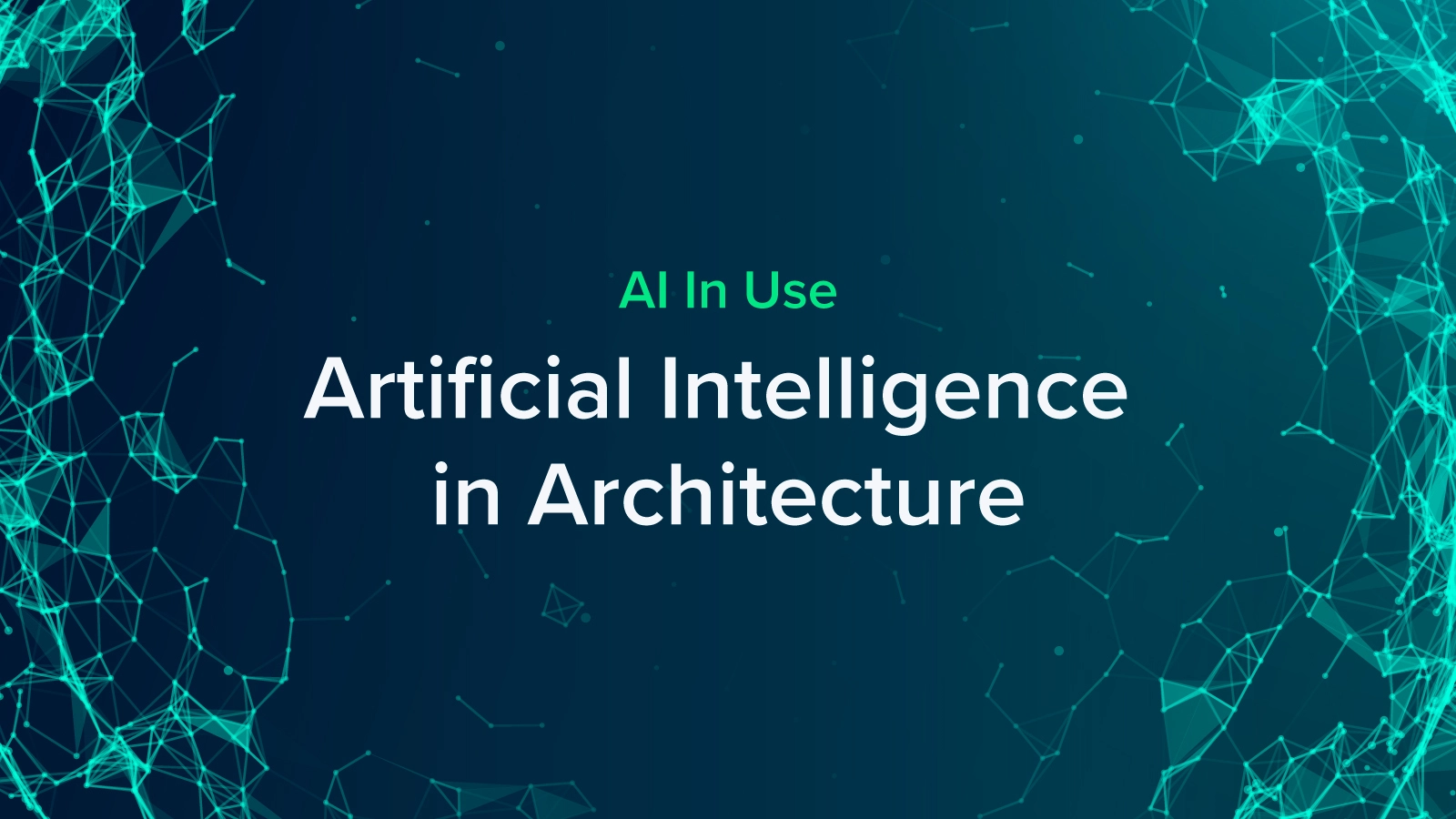
Artificial Intelligence in Architecture
Artificial intelligence (AI) promises to revolutionize our present world. Not with anything so dramatic as sentient robots taking over society. Instead, it’s all about computer algorithms doing complex, interpretive tasks efficiently and, dare we say it, intelligently.
One area where the promise seems particularly bright is architecture. In many ways, AI is the perfect tool for this field. There’s always an element of artistry when it comes to design for buildings and outdoor spaces, but there are a ton of calculations to consider too.
If you can break it down into numbers, computers can help. The geometry and efficient use of the space, building material amounts, wind patterns, load bearing weights, and even foot traffic are all areas ripe for AI.
Of course, computers are already doing some of this in rudimentary ways as part of design programs. However, the promise of AI is that the computer will figure things out on its own to come up with solutions to design problems, often with limited human intervention.
As of this writing, AI in architecture is moving forward with a lot of research and experimentation. And, no wonder given the complexity and expense of many architectural projects.
Still, there are some interesting developments afoot including a number of commercial products from startups and major tech companies.
Generative Design
Machine learning (ML) is a big focus for AI in architecture right now. ML is not synonymous with AI but is rather a subset of the larger discipline.
With ML the idea is to create and train an algorithm to complete tasks with incremental improvements after each attempt. This is similar to how a human would learn a rote task only ML can do it much, much faster.
One framework for ML is the GAN or generative adversarial network, which is a form of unsupervised learning using two artificial neural networks.
The idea here is that one network, called a generator, creates whatever you’re asking for - such as images of human faces. Then a second neural network, called a discriminator, decides if the generator's output is as good as actual pictures of human faces.
The two neural networks are engaged in a kind of competition where the generator tries to fool the discriminator, and the discriminator plays defense to prevent being fooled.
The end game, in our example, would be for the generator to create better and better images of human faces until they are indistinguishable from the real thing, ultimately fooling the discriminator.
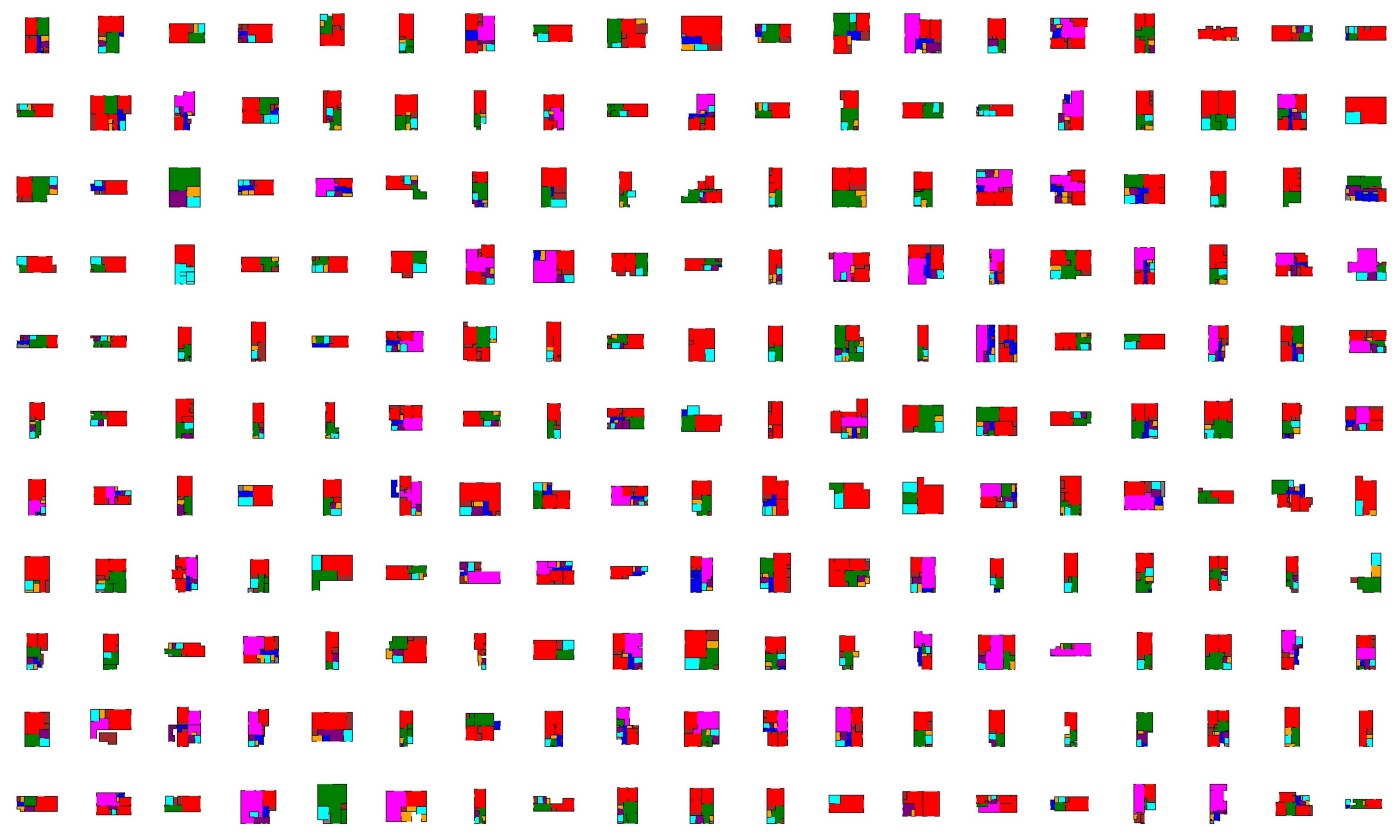
An apartment building dataset | Photo Credit: Stanislas Chaillou
One among many who've been experimenting with GANs to create architectural designs has been Stanislas Chaillou.
For his master's thesis work at Harvard, Chaillou used GANs to create and refine floorplan design. During his work he found that not only would basic restraints of space and function impact design, but also the style used to guide these GAN-generated floorplans.
"It seems that style permeates irrevocably the very essence of any generative process...there will be no agnostic-AI for Architecture." Chaillou said in an article on Towards Data Science. "On the contrary, each model or algorithm will come with its flavor, its personality, its know-how."
That's an appealing notion that you could have, for example, a few models that favor design touches of modern architecture from people such as Frank Gehry and Zaha Hadid, another influenced by Bauhaus, and another that’s some fusion of multiple styles.
Chaillou has gone on to co-found Rayon, a collaborative software company specializing in floorspace design.
GAN is just one flavor of generative design where the idea is to slowly refine a design produced by a computer over time. This can be using an unsupervised learning model such as a GAN or a more collaborative method with greater human input.
Another example of generative design is Delve, a real estate development tool from Google’s Sidewalk Labs. Delve can generate hundreds of designs in minutes.
Each design considers various requirements such as retail, residential, parking, and public spaces. The designs also have a detailed cost model to show estimates of what a given design should cost.
Web Apps
The wonderful thing about the current state of technology is that you don't necessarily need onsite computing power to do advanced work. On top of that, web apps are becoming more and more advanced on the front end, blurring the lines between local and cloud software.
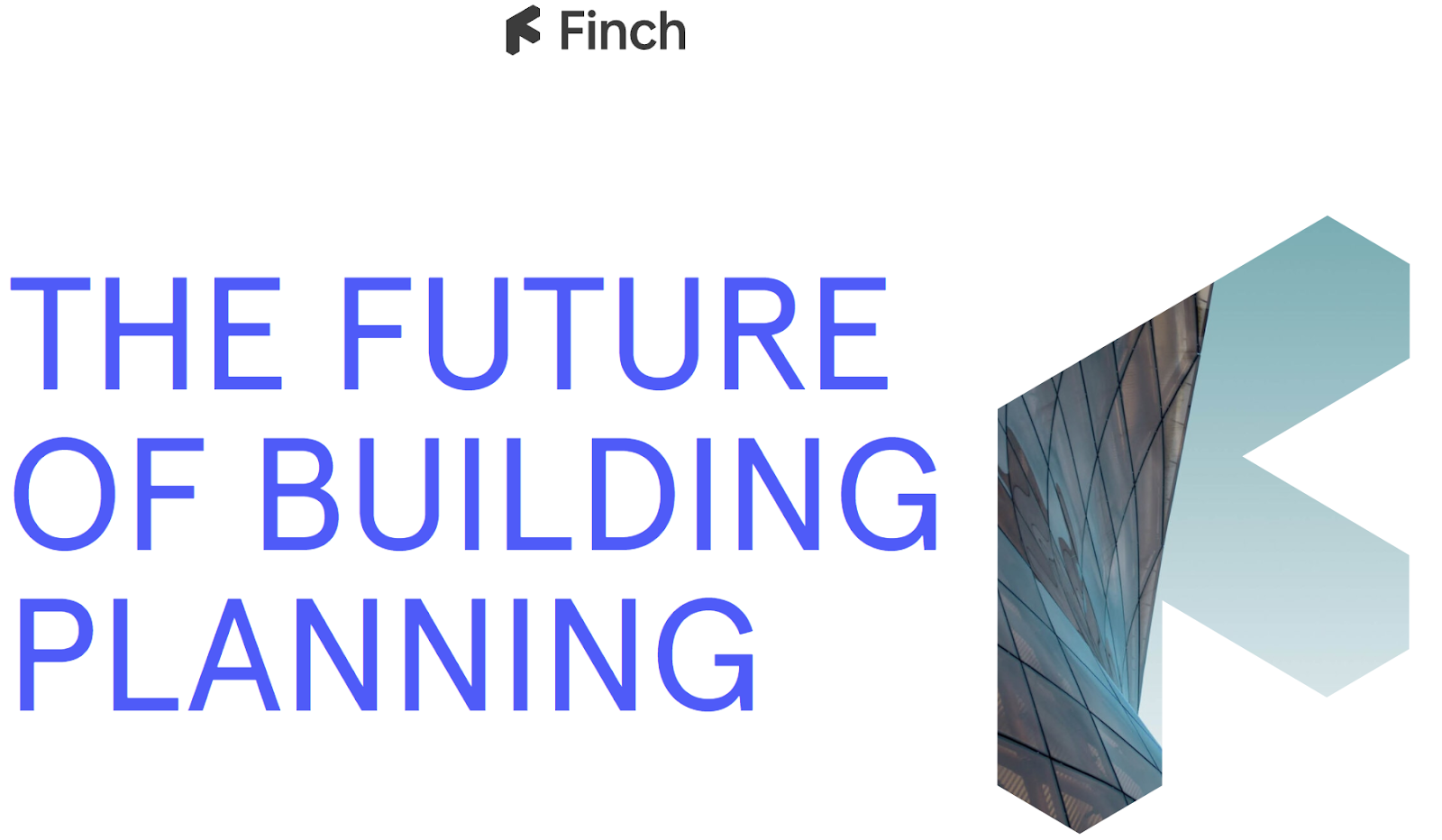
There are several web apps that are looking to revolutionize architecture. We've already seen one example with Delve, but there are others such as Finch 3D.
Finch is designed to be used in the early stages of a project. Finch's AI features can generate multiple options based on whatever the design needs are.
Another interesting company working on an AI-based product is Higharc, which aims to automate house design by creating 3D models and plans through an iterative process.
"While the buyer or builder sees a simple 3D model, there are sophisticated algorithms behind the scenes continuously determining crucial details that typically take hours of manual effort," Higharc founder and CEO Marc Minor told The Financial Times in 2020.
Autodesk acquired AI architecture startup Spacemaker in late 2020. Similar to Delve, this cloud-based software helps teams analyze and design real estate sites using generative design tools.
In an Autodesk blog post, the company said that "Spacemaker can analyze up to 100 criteria across city blocks: zoning, views, daylight, noise, wind, roads, traffic, heat islands, parking, and more."
Step into the Omniverse
One thing that any AI project needs, whether local or in the cloud, is a lot of computer power, and a great source for that is the humble graphics card.
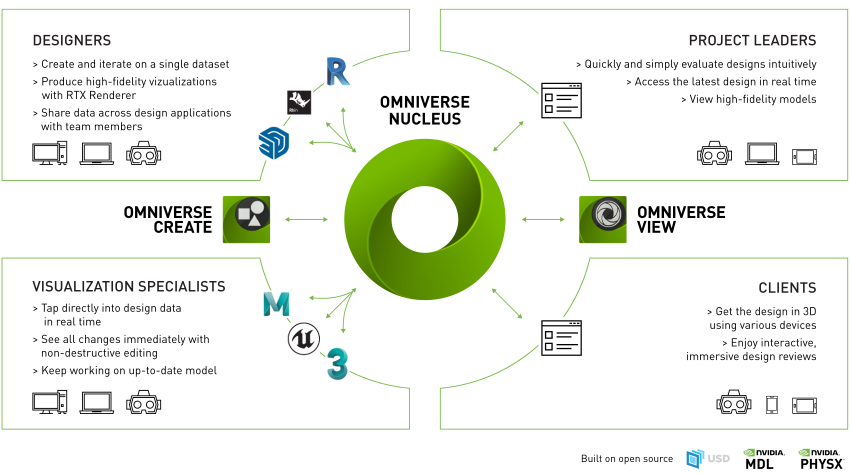
NVIDIA's Omniverse collaboration and simulation platform is a "scalable, multi-GPU real-time reference development platform for 3D simulation and design collaboration."
Omniverse can accommodate a small or large number of users, as well as single or multiple GPUs. Omniverse is based on the capabilities of NVIDIA's RTX GPUs, as well as Pixar's Universal Scene Description software.
Interested in an NVIDIA Omniverse Enterprise solution?
Learn more about Exxact Omniverse workstations starting around $5,800
Omniverse is not exclusively an architectural tool. Instead it’s used to generate photorealistic 3D designs and simulation for all kinds of fields such as architecture, engineering, animation, or industrial design.
Architects can integrate the Omniverse with tools such as Autodesk 3ds Max, Rhino and Trimble Sketchup to transform a design into a 3D simulation.
Right now, a lot of AI work with Omniverse requires feeding the product from a generative design workflow into the Omniverse. The future, however, promises some interesting developments.
NVIDIA's AI Research Lab in Toronto, for example, created a tool called GANverse 3D that takes 2D images and transforms them into 3D models. It’s easy to see how AI tools like that could transform architecture or any industry where 3D modeling is an essential part of the process.
Computer Vision
There are also a ton of art projects trying out the implications of AI in architecture such as the Deadalus Pavilion from London-based Ai Build.

Credit: Ai Build
This small scale structure was designed with NVIDIA GPUs using computer vision and deep learning to increase the speed and accuracy of the elements of this 3D-printed structure created by an industrial robot (the structure was assembled by humans).
The Future of AI and Architecture
Artificial intelligence has a lot of promise for the future of many industries and architecture is no exception. While it's still early days, there's a lot of potential for AI to enhance architecture design processes.
Despite all the AI-powered tools, however, humans are still required to refine and approve any of the designs used. While architectural tools are getting more advanced they won't be replacing human architects anytime soon.
Have any questions?
Contact Exxact Today

Artificial Intelligence in Architecture
Artificial Intelligence in Architecture
Artificial intelligence (AI) promises to revolutionize our present world. Not with anything so dramatic as sentient robots taking over society. Instead, it’s all about computer algorithms doing complex, interpretive tasks efficiently and, dare we say it, intelligently.
One area where the promise seems particularly bright is architecture. In many ways, AI is the perfect tool for this field. There’s always an element of artistry when it comes to design for buildings and outdoor spaces, but there are a ton of calculations to consider too.
If you can break it down into numbers, computers can help. The geometry and efficient use of the space, building material amounts, wind patterns, load bearing weights, and even foot traffic are all areas ripe for AI.
Of course, computers are already doing some of this in rudimentary ways as part of design programs. However, the promise of AI is that the computer will figure things out on its own to come up with solutions to design problems, often with limited human intervention.
As of this writing, AI in architecture is moving forward with a lot of research and experimentation. And, no wonder given the complexity and expense of many architectural projects.
Still, there are some interesting developments afoot including a number of commercial products from startups and major tech companies.
Generative Design
Machine learning (ML) is a big focus for AI in architecture right now. ML is not synonymous with AI but is rather a subset of the larger discipline.
With ML the idea is to create and train an algorithm to complete tasks with incremental improvements after each attempt. This is similar to how a human would learn a rote task only ML can do it much, much faster.
One framework for ML is the GAN or generative adversarial network, which is a form of unsupervised learning using two artificial neural networks.
The idea here is that one network, called a generator, creates whatever you’re asking for - such as images of human faces. Then a second neural network, called a discriminator, decides if the generator's output is as good as actual pictures of human faces.
The two neural networks are engaged in a kind of competition where the generator tries to fool the discriminator, and the discriminator plays defense to prevent being fooled.
The end game, in our example, would be for the generator to create better and better images of human faces until they are indistinguishable from the real thing, ultimately fooling the discriminator.

An apartment building dataset | Photo Credit: Stanislas Chaillou
One among many who've been experimenting with GANs to create architectural designs has been Stanislas Chaillou.
For his master's thesis work at Harvard, Chaillou used GANs to create and refine floorplan design. During his work he found that not only would basic restraints of space and function impact design, but also the style used to guide these GAN-generated floorplans.
"It seems that style permeates irrevocably the very essence of any generative process...there will be no agnostic-AI for Architecture." Chaillou said in an article on Towards Data Science. "On the contrary, each model or algorithm will come with its flavor, its personality, its know-how."
That's an appealing notion that you could have, for example, a few models that favor design touches of modern architecture from people such as Frank Gehry and Zaha Hadid, another influenced by Bauhaus, and another that’s some fusion of multiple styles.
Chaillou has gone on to co-found Rayon, a collaborative software company specializing in floorspace design.
GAN is just one flavor of generative design where the idea is to slowly refine a design produced by a computer over time. This can be using an unsupervised learning model such as a GAN or a more collaborative method with greater human input.
Another example of generative design is Delve, a real estate development tool from Google’s Sidewalk Labs. Delve can generate hundreds of designs in minutes.
Each design considers various requirements such as retail, residential, parking, and public spaces. The designs also have a detailed cost model to show estimates of what a given design should cost.
Web Apps
The wonderful thing about the current state of technology is that you don't necessarily need onsite computing power to do advanced work. On top of that, web apps are becoming more and more advanced on the front end, blurring the lines between local and cloud software.

There are several web apps that are looking to revolutionize architecture. We've already seen one example with Delve, but there are others such as Finch 3D.
Finch is designed to be used in the early stages of a project. Finch's AI features can generate multiple options based on whatever the design needs are.
Another interesting company working on an AI-based product is Higharc, which aims to automate house design by creating 3D models and plans through an iterative process.
"While the buyer or builder sees a simple 3D model, there are sophisticated algorithms behind the scenes continuously determining crucial details that typically take hours of manual effort," Higharc founder and CEO Marc Minor told The Financial Times in 2020.
Autodesk acquired AI architecture startup Spacemaker in late 2020. Similar to Delve, this cloud-based software helps teams analyze and design real estate sites using generative design tools.
In an Autodesk blog post, the company said that "Spacemaker can analyze up to 100 criteria across city blocks: zoning, views, daylight, noise, wind, roads, traffic, heat islands, parking, and more."
Step into the Omniverse
One thing that any AI project needs, whether local or in the cloud, is a lot of computer power, and a great source for that is the humble graphics card.

NVIDIA's Omniverse collaboration and simulation platform is a "scalable, multi-GPU real-time reference development platform for 3D simulation and design collaboration."
Omniverse can accommodate a small or large number of users, as well as single or multiple GPUs. Omniverse is based on the capabilities of NVIDIA's RTX GPUs, as well as Pixar's Universal Scene Description software.
Interested in an NVIDIA Omniverse Enterprise solution?
Learn more about Exxact Omniverse workstations starting around $5,800
Omniverse is not exclusively an architectural tool. Instead it’s used to generate photorealistic 3D designs and simulation for all kinds of fields such as architecture, engineering, animation, or industrial design.
Architects can integrate the Omniverse with tools such as Autodesk 3ds Max, Rhino and Trimble Sketchup to transform a design into a 3D simulation.
Right now, a lot of AI work with Omniverse requires feeding the product from a generative design workflow into the Omniverse. The future, however, promises some interesting developments.
NVIDIA's AI Research Lab in Toronto, for example, created a tool called GANverse 3D that takes 2D images and transforms them into 3D models. It’s easy to see how AI tools like that could transform architecture or any industry where 3D modeling is an essential part of the process.
Computer Vision
There are also a ton of art projects trying out the implications of AI in architecture such as the Deadalus Pavilion from London-based Ai Build.

Credit: Ai Build
This small scale structure was designed with NVIDIA GPUs using computer vision and deep learning to increase the speed and accuracy of the elements of this 3D-printed structure created by an industrial robot (the structure was assembled by humans).
The Future of AI and Architecture
Artificial intelligence has a lot of promise for the future of many industries and architecture is no exception. While it's still early days, there's a lot of potential for AI to enhance architecture design processes.
Despite all the AI-powered tools, however, humans are still required to refine and approve any of the designs used. While architectural tools are getting more advanced they won't be replacing human architects anytime soon.
Have any questions?
Contact Exxact Today



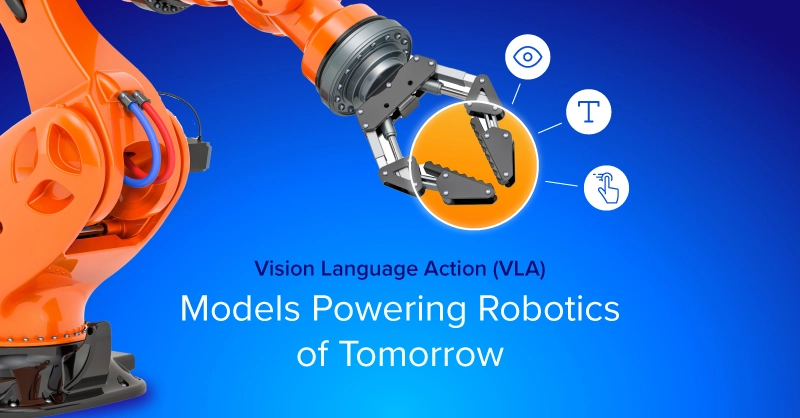
.jpg?format=webp)